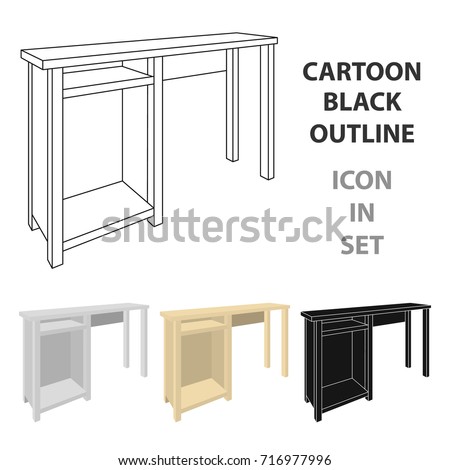Reveal The Interesting Expedition Of Revitalizing Old Cabinets, Uncovering Forgotten Tales And Deciphering The Enigmas Of The Pasts
Reveal The Interesting Expedition Of Revitalizing Old Cabinets, Uncovering Forgotten Tales And Deciphering The Enigmas Of The Pasts
Blog Article
Short Article Created By-Drejer Cantu
To start the trip of bring back antique cupboards, you need a keen eye for detail. Imagine revealing hidden secrets within each layer of history ingrained in the wood. small kitchen remodeling ideas of reviving a once-forgotten item to its previous splendor. bathroom and kitchen remodeling of this careful procedure holds the key to protecting the past while creating a future treasure. So, are you prepared to start this transformative undertaking and unlock the potential of your antique cabinets?
Examining the Closet's Problem
When beginning the repair procedure, beginning by evaluating the condition of the antique closet. Carefully examine the total framework for any type of signs of damages such as cracks, chips, or loosened joints. Inspect the timber for any kind of rot, bending, or insect invasion that might have taken place with time. https://www.nextavenue.org/decorating-empty-nest/ to establish the level of the restoration needed prior to proceeding better.
Next off, examine the cabinet's hardware such as hinges, handles, and locks. Make note of any missing out on pieces or components that need fixing or substitute. Ensure that all equipment is functioning correctly and firmly connected to the cupboard.
Furthermore, evaluate the closet's finish. Search for any type of scrapes, spots, or staining that might impact the aesthetic allure. Determine if the finish needs to be stripped and reapplied or if a simple touch-up will certainly suffice.
Gathering the Necessary Devices and Materials
After analyzing the condition of the antique cabinet, the next action is to gather the required devices and products for the repair procedure. Prior to you start, guarantee you have the adhering to items handy:
- timber cleaner
- sandpaper in numerous grits
- wood filler
- paint or wood discolor
- brushes
- handwear covers
- safety goggles
- a dust mask
- a ground cloth
- a putty blade
- a hammer
- a screwdriver
- a hoover
These tools and materials are vital for an effective reconstruction.
Timber cleaner is essential for eliminating years of dust and gunk build-up, preparing the surface for fining sand. Sandpaper of different grits helps in smoothing out blemishes and preparing the wood for a new coating. Timber filler comes in handy for fixing any type of fractures, holes, or damages present in the cabinet.
Paint or timber stain, in addition to brushes, permit you to customize the closet to your preference. Keep in https://houserenovationcontractor32086.dsiblogger.com/62135338/approach-your-kitchen-improvement-with-assurance-by-determining-the-sixty-four-thousand-dollar-questions-to-posture-to-your-remodeler-disclose-the-secrets-to-an-effective-makeover-experience to put on gloves, security goggles, and a dirt mask for protection. Put down a drop cloth to shield your workplace, and utilize a hoover to tidy up any kind of debris.
With these devices and materials collected, you're ready to begin the remediation process.
Executing the Remediation Process
To efficiently carry out the restoration process on your antique cabinet, start by thoroughly cleaning the surface area with the timber cleaner. This step is important as it helps eliminate years of dust, crud, and old polish that may have collected on the surface.
As soon as the cabinet is tidy and dry, evaluate the problem of the wood. Search for any kind of splits, scratches, or various other damages that need to be dealt with. Usage timber filler to repair any flaws, seeing to it to match the filler shade to the timber tone for a seamless surface.
After the fixings have dried out, delicately sand the whole surface area to create a smooth and even base for the new finish. Take care not to sand too aggressively, as you don't want to damage the timber below.
As soon as the sanding is full, use a wood stain or finish of your choice, adhering to the producer's guidelines. Enable the finish to dry entirely before applying a safety top layer to ensure the durability of your recovered antique cabinet.
Conclusion
Since you have actually finished the reconstruction process, your antique closet looks as good as new.
By complying with the step-by-step overview, you had the ability to examine, repair, and improve its condition easily.
With a fresh coating and protective top coat, your cherished piece will certainly continue to radiate for several years to find.
Delight in the charm of your brought back antique cupboard!
